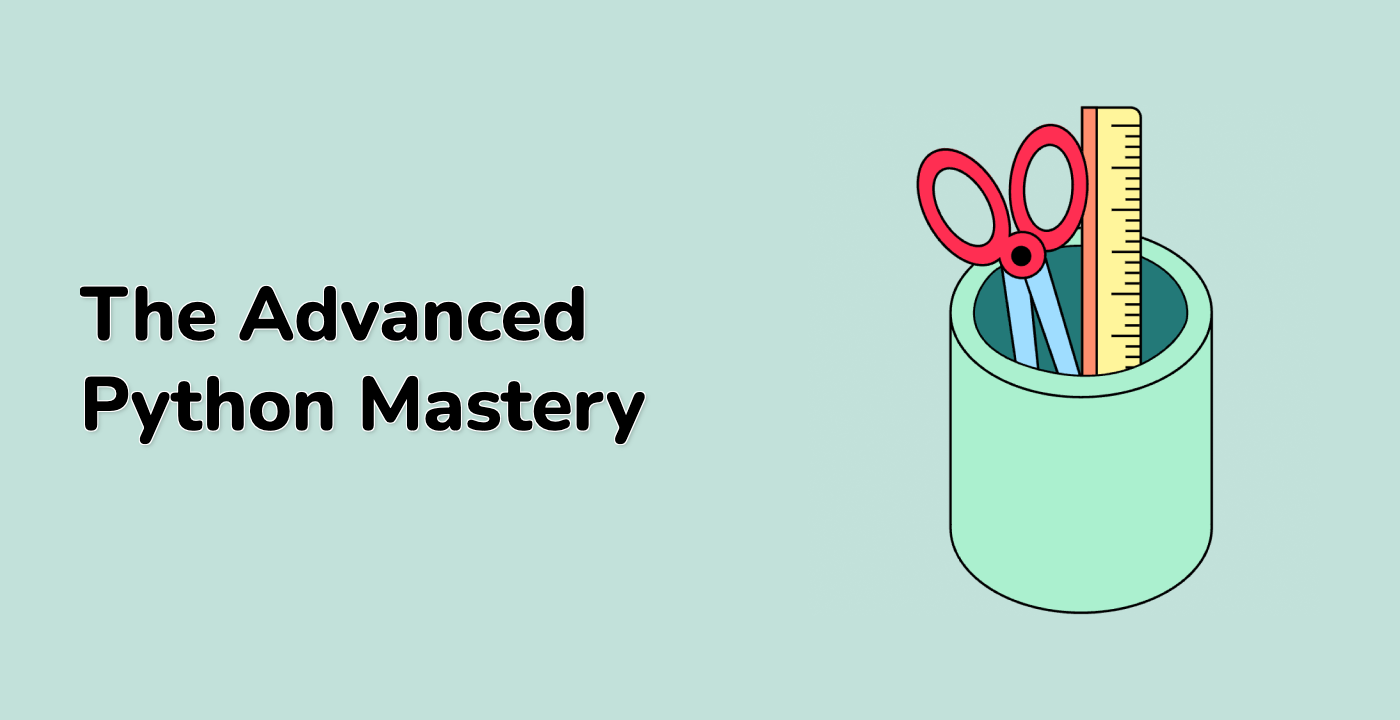Introduction
In data visualization, sometimes it is necessary to highlight certain areas or ranges on a graph. The fill_between function of Matplotlib is a useful tool for generating a shaded region between a minimum and maximum boundary. It can also be used to enhance the visual appearance of a graph. The alpha argument can be used to adjust the transparency of the shaded region. This lab will guide you through several examples of using fill_between and alpha in Matplotlib to create more visually appealing and informative graphs.
VM Tips
After the VM startup is done, click the top left corner to switch to the Notebook tab to access Jupyter Notebook for practice.
Sometimes, you may need to wait a few seconds for Jupyter Notebook to finish loading. The validation of operations cannot be automated because of limitations in Jupyter Notebook.
If you face issues during learning, feel free to ask Labby. Provide feedback after the session, and we will promptly resolve the problem for you.




